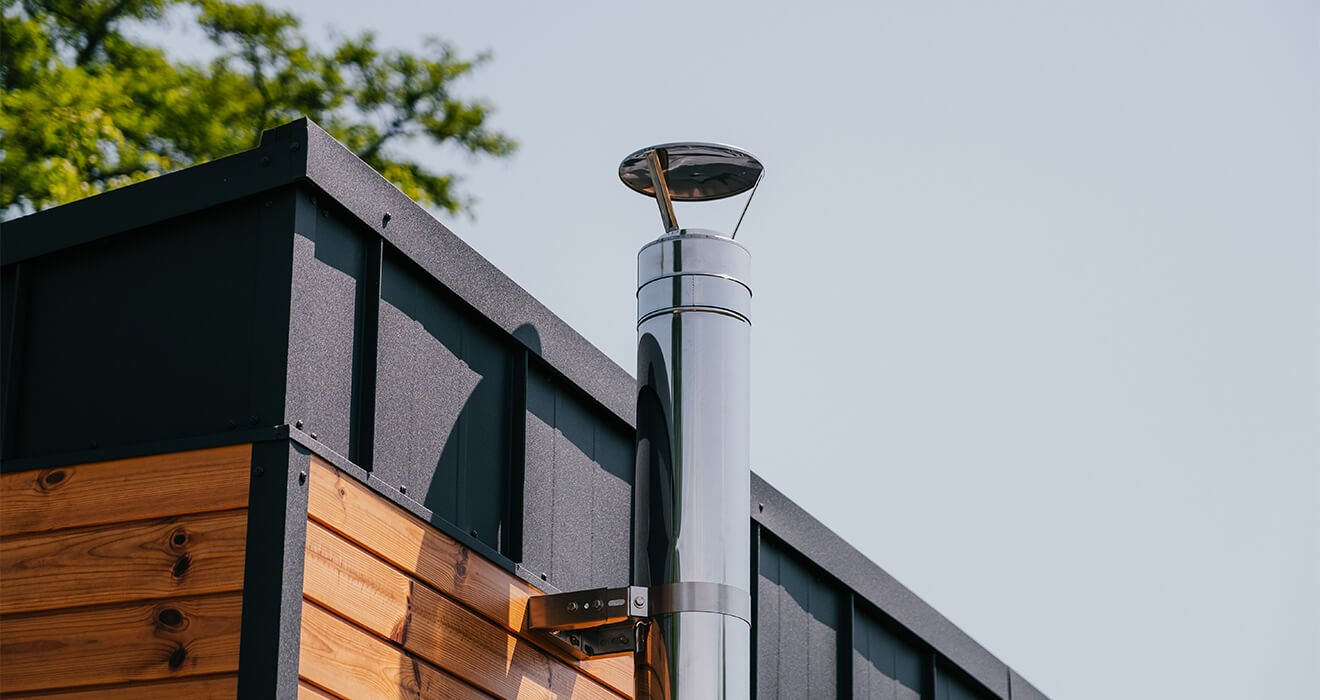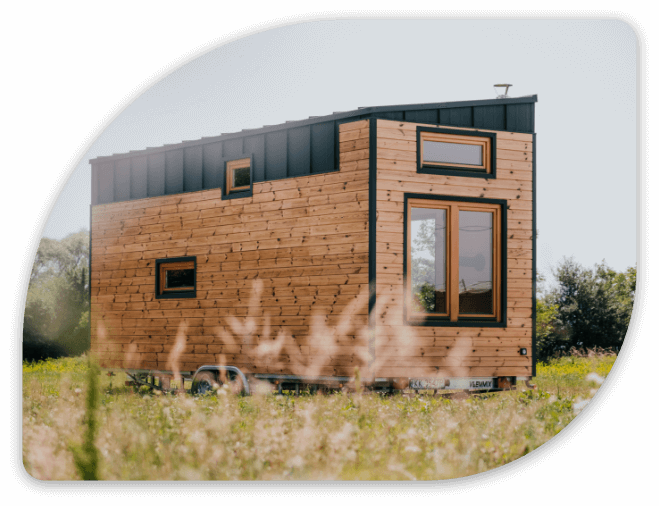
Tiny Houses are an incredible opportunity for people who want mobility, financial freedom, and who in search of a different way of living. No matter what your interest is in tiny homes, a universal concern for many is keeping their tiny house secure from the brutal cold when temperatures drop.
Keeping your tiny home nice and toasty throughout the winter season doesn’t have to be a huge obstacle though. There are various ways to winterize your tiny home and keep the warmth right indoors. Here are 5 ways to do it.
1. Insulate, Insulate, Insulate!
If you’re concerned about keeping your Tiny House comfortable in the winter months, then good insulation is the obvious first defence. Insulation not only keeps the cold air circulating inside in the summer but it retains warmth in the winter. A well-insulated tiny house will help your heaters work more efficiently, save you money, be more sustainable, and make your life a lot more comfortable. Needless to say, it’s worth investing in quality materials.
2. Invest in Electric Heaters
One of the easiest ways to warm your tiny house is by investing in an electric heater. Electric heaters are relatively easy to maintain and have lower installation costs as compared to gas heaters.
When choosing an electric heater for your tiny home, it’s important to consider safety, power availability, and space. From a safety perspective, be very cautious about integrating any heating element that uses a burning element or an exposed heat source, like radiant heaters. There are simply better options.
If your tiny house is off the grid place an extra emphasis on efficiency and power draw. Dyson makes an incredible, but expensive, fan + heater combo. It is definitely an investment but it is efficient, compact, and useful all year round.
If you have a little room to spare, an electric fireplace will add a little character. You’ll enjoy countless hours sitting by the “fire” and dreaming of how great it is to live in a tiny house.
3. Incorporate Radiant Floor Heating
Radiant floor heating is favoured by tiny house builders for good reason. It is thin and installed under the floor, which means that your radiant heating system will fit seamlessly in your tiny home without taking up any additional space. Additionally, radiant floor heating costs less because it only uses a low amperage.
Radiant floor heating is also beneficial because it provides even heat throughout your entire home without cold spots. Traditional radiators, on the other hand, heat the air nearest to them first, which creates uneven temperatures. With that said, by investing in a radiant floor heater, you can ensure that every inch of your home is at your desired temperature.
Even though radiant floor heating requires a little bit of planning, once you install your floor heaters, it virtually needs no maintenance to run. If you’re interested in this option, take a look at WarmlyYours, they have experience with tiny house installs. There are also companies like QuietWarmth if you want the materials to do it yourself.
4. Protect Pipes from Freezing
When your pipes freeze, it not only prevents you from receiving warm water but it will put pressure on the pipes, eventually leading to them bursting. With that said, protecting your pipes from freezing temps is crucial to avoid these kinds of problems and ensure your tiny house is prepared for the winter season.
If you are still considering purchasing a tiny home or prepared to build, then there are a few things you could consider to secure your pipes in the winter. For instance, try your best to keep water supply lines inside of your home. The goal is to keep your pipes unexposed from the air as much as possible. If your tiny home is hooked to the main water supply, you more than likely have water piping that is exposed to the air. If you can, bury the water supply line underground to prevent it from freezing. If you can’t bury the lines, wrap the pipes with insulation. This is a simple solution that will save you many headaches in the winter.
5. Generator (Just in Case)
There is no such thing as being over-prepared. If you want to ensure that your tiny house stays nice and toasty in extreme conditions, then investing in a generator is the best insurance. Even though generators may be more common in off-grid tiny homes, are loud, and aren’t particularly earth-friendly, they can be a lifesaver.
Many tiny homes still require a decent amount of electricity. It’s important to note that a generator may not be able to fully power a tiny house full-time unless you invest in carefully match your electrical use to the output capacity of the generator. The reality here is that you’ll be burning gasoline for electricity, this is one of the least efficient ways to produce power. However, there are companies like Wen, that have to create ultra-compact and efficient generators adaptable for tiny houses.
For tiny house enthusiasts and tiny homeowners, keeping the living space comfortable and functional is a top priority. Although the winter can bring some unwanted cold air, there are plenty of ways you can winterize you tiny homes and keep the warmth indoors. If you have a tiny home or are considering investing in one, be sure to consider these 5 strategies.
Source:DesignClass Articles
More info at Berghaus News

